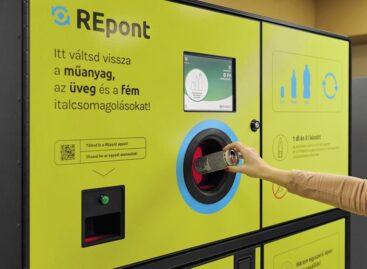Shopper engagement study by POPAI
POPAI was founded in the USA in 1936 (originally its name was Point of Purchase Association International, but today it is called the Global Association for Marketing at Retail). In 2010 POPAI North America commenced a series of large-scale surveys, researching many fields from industry characteristics to shopper engagement. In 2012 they did the Shopper Engagement Study to learn about the preferences of supermarket customers in North America. In 2014 POPAI focused on hypermarkets with the Mass Merchant Channel Study. In the latter they examined customers in 3 types of large floor space stores in 26 US cities, performing display audits too. The study revealed that the number of people who write a shopping list in advance is diminishing (36 percent in 2012 and 15 percent in 2014). Most people (48 percent in 2012 and 47 percent in 2014) think over what to buy in their head. A growing proportion of Americans (13 percent in 2012 and 34 percent in 2014) don’t prepare for the shopping trip at all. Back in 2012 still 32 percent of shoppers planned the shopping trip relying on promotional leaflets, but in 2014 this proportion dropped to 18 percent. Consequently, the proportion of decisions made in-store has been growing: in 1986 it was 66 percent, in 1995 it was 70 percent, in 2012 it was 76 percent and in 2014 it was 82 percent. The average US hypermarket customer plans to purchase 7 products and intends to spend about USD 40, and allows themselves to spend USD 15 on impulse. A growing number of customers use their smartphone while shopping, the majority makes calls (21 percent in 2014) but some of them search for shopping-related information (15 percent in 2014). Most shoppers put the products in their basket from their primary place, but the proportion of products taken off displays is growing: back in 2012 it was 5 percent but by 2014 it was 16 percent. US consumers decide which carbonated soft drink to buy most easily and it is the most difficult for them to decide which beauty or consumer electronics product to buy. Secondary placements are more efficient in these departments – displays increase sales by 1.5 percent on average. Eye tracking results: shoppers are looking down in a 25-degree angle, usually at the 4th shelf counted from below. The time spent with certain categories isn’t proportionate with the number of products bought there. In general, we can say that once a shopper grabs a product, 56 percent buy something from the category. Actually one third of products shoppers take in their hands are purchased.
(To be continued)
Related news
Related news
The Christmas season is starting earlier and earlier: value for money is the key
This year, 40 percent of Hungarians brought their Christmas shopping…
Read more >They want it to be premium, but also sustainable – expectations of the youngest generation
GlobalData’s latest report, “Demographics in Retail and Apparel” – which…
Read more >In six months, consumers donated 100 million forints to charitable causes through the mandatory redemption system
Through the deposit bottle return system, which began six months…
Read more >






